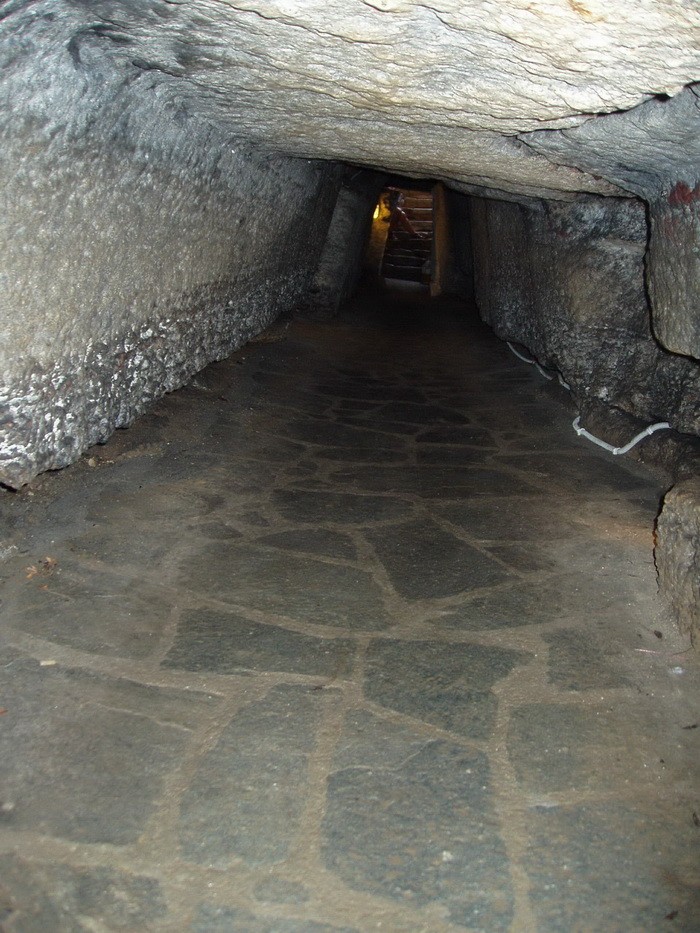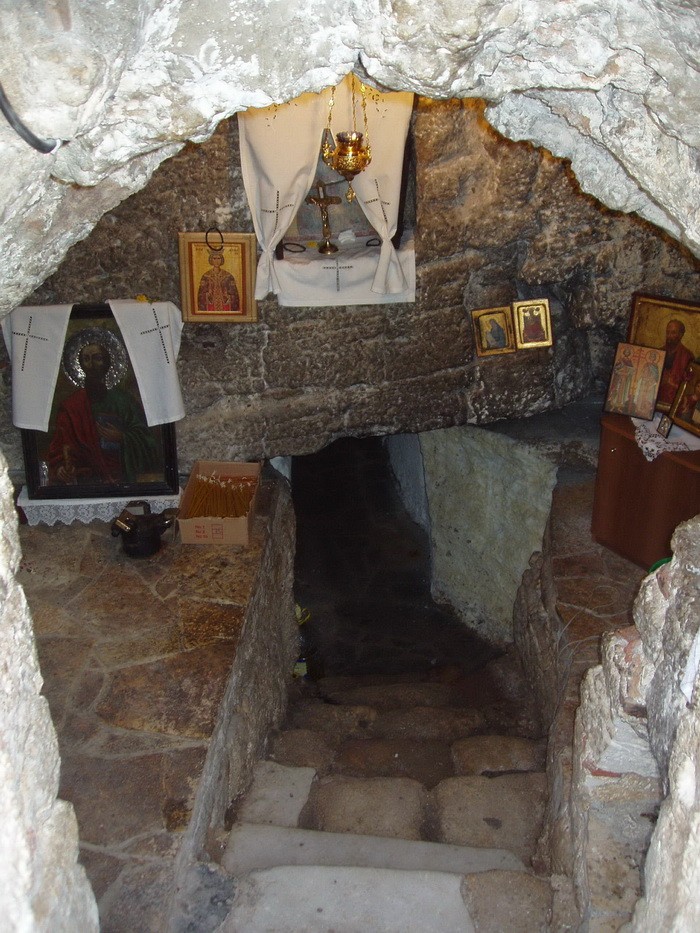

The history of Chalkidiki starts a very long time ago. Greek mythology says that the giant of the earthquake Engheladus was buried under the Kassandra peninsula when Zeus threw on him a rock of flames which gave the area the name Flegra(burnt place). Sithonia’s name came out of Poseidon’s son Sithon. The petrified bones of animals and plants found and the cave of Petralona verify a very long existence of life beyond 700.000 years.
Chalkidiki’s inhabitation started about 8th-century b.c. with inhabitants coming mostly from Chalkida which gave the name to the hall area and from Heretria and they established some of the ancient cities their names still exist(Mendi, Sermyli, Mikyverna, Sarti, Afitos, Stageira, Apollonia, etc.).Those cities under the leadership of Olynthos, about 5th-century b.c., made a federation called “the community of Chalkides”. In 492 b.c. the navy of Persians was destroyed in Chalkidiki so in 480 b.c. Xerxes built the canal of Athos whose ruins still exist.
After the Persian wars, the cities became members of the Athens Alliance and during the Peloponnesian war, Chalkidiki was a true battlefield. Filippos king of Macedonia in 348 b.c. conquered Olynthos and Chalkidiki became a part of the Macedonian Kingdom. Later on new cities as Antigoneia, Kassandria And Ouranoupolis were established. Until 168 b.c. Chalkidiki was conquered by the Romans.
One more significant city was Potidea where you can still see the ruins of the wall of Kassandra. According to some sources, the canal of Potidea was made by Kassandros and its existence is reported since the 1st-century b.c. . Later on I. Paleologos repaired the canal in 1407 but after years it started closing again. By the years of the Revolution of 1821, the canal was repaired again and used as a natural fortress by the habitants of Kassandra. The canal took its today form in 1930 and in 1970 a bridge was built. The second bridge was built late in the ’90s.
Christianism came to Chalkidiki with the visit of Apostle Paul to Apollonia. In the area of Nea Fokea, there is the sanctification of Apostol Paul hidden in the rocks. During the Byzantine years, Chalkidiki declined because of the invasions of Goths and other crowds. In the 10th century, monks started to create the monastic community of Mt Athos, the chest of Orthodoxy which was the spiritual lighthouse of Greek-Christian education and a great helper in the difficult years of the Greek Nation. In 1430 Chalkidiki was conquered by the Turks, followed by decay.
The people of Chalkidiki worked hard so to meet a great development for two centuries,16th-18th, with the famous “Mademochoria”, thanks to the exploitation of the silver mines of the further area by “the community of Mademia”.
In May of 1821 Chalkidiki participated in the Nation’s Revolution with Em. Papa and Monks from Athos failed and accepted the reprisals of Turks and as a result, Kassandra was burnt and all the inhabitants that couldn’t go were slaughtered on November 1821. Chalkidiki also participated in the revolts of 1854 and 1878 and at the Macedonian fight establishing small groups of fighters against Bulgarians.
Chalkidiki was set free by the Greek army in October 1912. In 1922-23 thousands of refugees from Turkey came to Chalkidiki, mostly on the west coast called Kalamaria where the Turkish villages use to be they built villages named after their lost lands with the start “new” and they helped a lot in the financial and cultural development of Chalkidiki.



